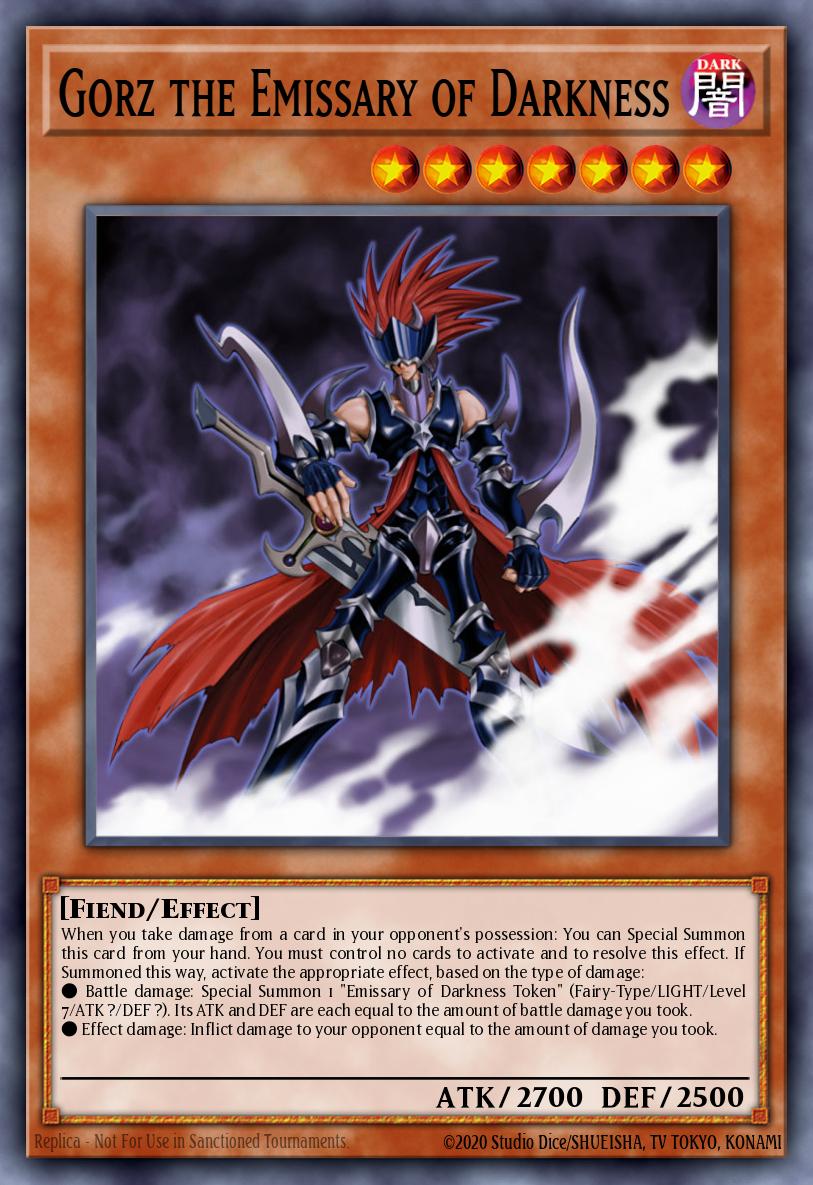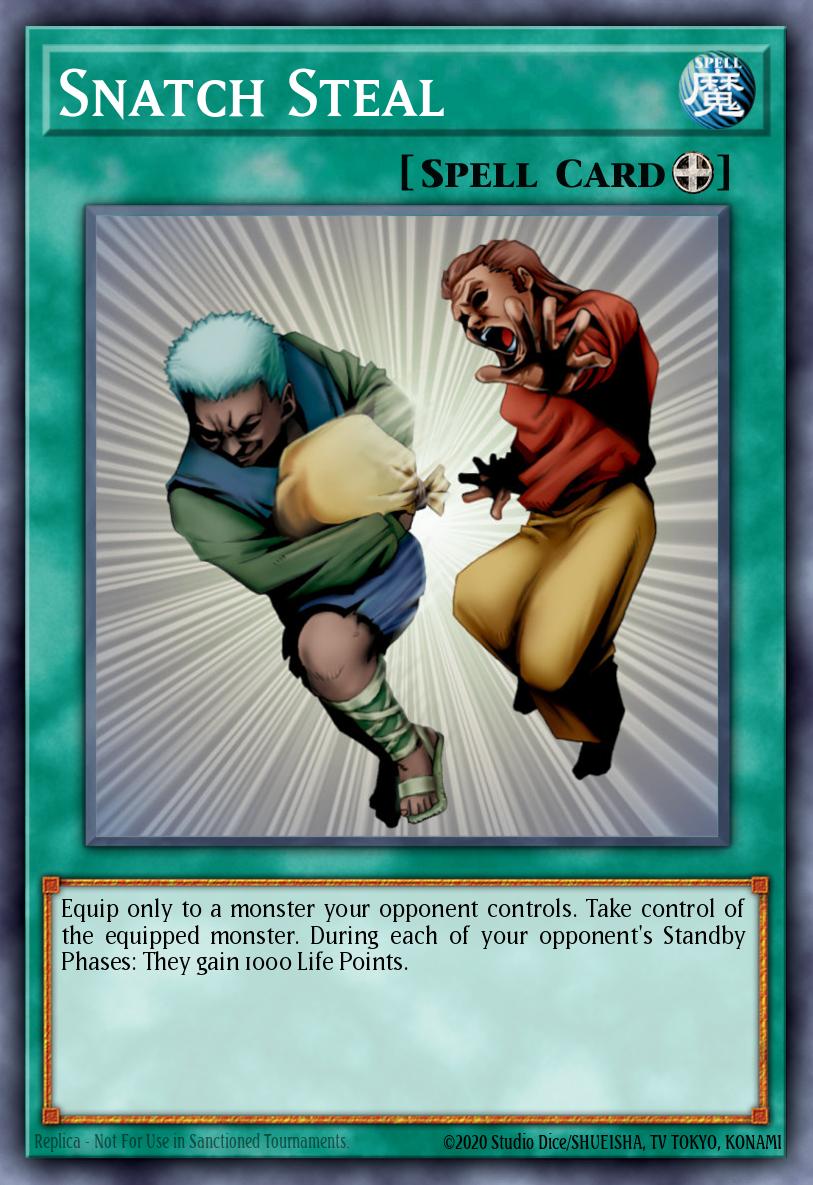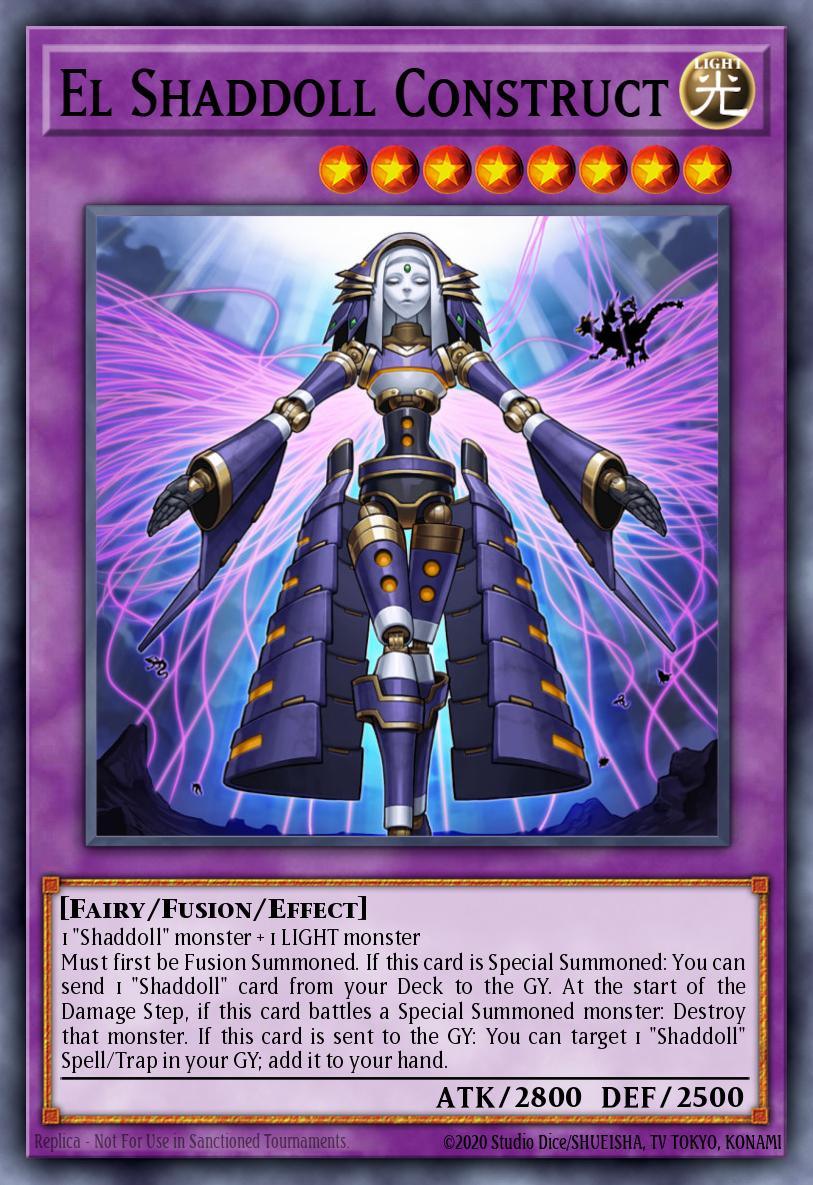When a banlist is rumored to be released, predictions for what will be hit are always interesting to see. Whether one thinks that Firewall Dragon's banning or El Shaddoll Construct's freedom is imminent, it is always a mystery how the next banlist will shake up the meta.
The September 2018 banlist was certainly very surprising. Elemental HERO Stratos, Morphing Jar, Evilswarm Exciton Knight, Card Destruction, and Super Polymerization were all limited. They were first forbidden because they were very powerful cards during their time. A lot of players remembered the impact that they all had in their specific formats, and were wary of the implications they might have. Apparently, these fears were unfound. In the past 3 months, very few deck types used any of these cards.
The November 2018 banlist was also very interesting. Many were expecting one of two things: Firewall Dragon to remain playable, and for Sky Striker to get hit. Most players expected Firewall Dragon to remain limited simply because it was an "Ace Protagonist," making it "immune to the banlist." Others expected Konami to affect Sky Strikers in some way because it has a large number of premier tops. What almost no one expected was for the opposite to hold true. Firewall Dragon was Banned on this list, and Sky Strikers were left alone.
Since May of 2002, there have been 51 banlists released by Konami, but there are a few that stick out in the players’ minds. Usually, these lists see a card come off that many people worry will impact the meta significantly. In most cases, these worries are not a big deal, but there have been a few examples where these fears are realized. There have been others where people learn to live with these cards. In this article, I will be talking about a few cards that fall under such categories.
Wait, Which Monster do I Attack With First?
 Gorz, an important Handtrap in this game's history.
Gorz, an important Handtrap in this game's history.The battle phase mechanic is the most common way in which players interact with one another. Attacking with monsters or blowing out the opponent with a set Mirror Force determined the outcome of games. Before 2008, players attacked with their monsters in any order. The best battle traps (Mirror Force and Magic Cylinder) were limited in previous banlists. That would all change in November of 2008 with the release of Dark Legends. In it came the influential Gorz the Emissary of Darkness.
Gorz Special Summons itself from the player’s hand whenever they take any battle or effect damage. When summoned as a result of Battle damage, it generates a Token with Attack equal to that damage. Although this is weak by today’s standards, back then there wasn't as much easy removal. Imagine you controlled monsters with different attack values. If you were to attack with your strongest monster first, hoping to push for more damage from the get-go, there was the possibility that your opponent would drop Gorz and summon a token that you couldn't get over. Combine this with Gorz's high attack value, and the rest of your battle phase is useless.
This effect completely changed the way the Battle Phase worked. Players began to attack directly with their weaker monsters first, wanting to maximize damage. Gorz was first Limited by Konami in September of 2008 (even before it was released!), yet it was still regarded as extremely powerful. Most decks in events between 2009 and 2013 ran Gorz because it helped players escape certain death. It is because of this that many players became worried when it became Semi-Limited in October 2014. Unfortunately, new decks were appearing that had improved consistency, speed, and disruption. By the time Konami unlimited it in April of 2015, it had been phased out of the game.
What started out as a legitimate worry ended up being an exaggeration.
That's a Nice Field. It Would Be a Shame...
Some of the most iconic cards in the game have appeared in the YuGiOh anime. The most easily recognizable are Dark Magician and Blue-Eyes White Dragon. However, some of these iconic anime cards can be competitively useful. Two of the best examples are Raigeki and Monster Reborn, both of which were first released in the set Legend of Blue-Eyes White Dragon in 2002. They are some of the most powerful cards in the game and were among the first cards to be Forbidden in August of 2004 nearly 14 years ago.
 And now, I can use your own monsters against you!
And now, I can use your own monsters against you!Raigeki is a Normal Spell card that allows the player to destroy all monsters their opponent controls. During the formats that it was first released in, it was devastating. The player who used it would more than likely win the game, especially since there was very little in terms of recovery. It was an unfair card for the time it was in, and Konami understandably banned it. It wasn’t until October of 2014 that Konami Limited it again.
Monster Reborn is another Normal Spell that allows a player to Special Summon any monster from any player’s graveyard. Players weren't able to do this easily, so the card quickly became powerful. It helped players disrupt opponents by using any monsters they need for combos, or in general keep the pressure up. Konami limited it again in the March 2008 banlist, yet it saw quite a lot of play in the competitive scene. The number of decks using it reached a high near the middle of 2013 before they banned it again in September 2013. In the February 2018 List, Konami limited it once more, and has remained there ever since.
There was initially much of discussion over the release of these cards from their forbidden status. Many players worried that they might be too powerful, making the game unfair for players in general. When they first returned to the game, many competitive decks mained or sided these two cards. Unfortunately, they faced the same fate as Gorz: decks became too fast and had protection. Nowadays, very few decks play these two cards. However, Monster Reborn has seen a resurgence in use, being present in decks such as the Danger! FTK and Gouki.
Although these cards were very powerful for their times, players easily dealt with them. Their worries on how these cards would negatively affect the game never came to fruition.
"Hey, That's Mine!" "Not Anymore."
 Wait, wasn't Change of Heart banned?
Wait, wasn't Change of Heart banned?So far, we have discussed cards that either did not live up to expectations or have been dealt with naturally. However, there are some cards that are extremely unhealthy for the game. The most infamous example of this happening is with the Limiting of Snatch Steal during the January 2015 banlist.
Magic Ruler, a set released in September 2002, introduced the Equip Spell Snatch Steal. Equipping it to an opponent's monster allows you to take control of it, but the opponent gains 1000 LP during their Standby Phase. During Goat format duels, it was always fun to steal an opponent’s Thousand-Eyes Restrict and absorb a monster, or take their Black Luster Soldier and push for more damage. It was first Limited during the October 2002 banlist, then later forbidden in September 2007 during the Perfect Circle format.
In one of the most infamous banlists in the game’s history, Konami put Snatch Steal to 1. Soon, the game became very much luck-based and unfair. Players were activating Snatch Steal to take control of monsters their opponent spent resources bringing out and using it against them. 3 months later, Konami quickly banned the card again, almost as if it were a mistake. No one had any doubts that the card was extremely unfair for use in duels. Forbidding its use was the easiest way of dealing with the problems the card made. Snatch Steal is likely to have the shortest lifespan of any card returned from the list.
Players tend to overinflate the potential problems cards coming off the banlist may bring. The previous examples have shown that. However, Snatch Steal proved to be too much, and Konami stepped in.
What will the future hold?
On January 26, 2019, Konami released the year's first banlist. There were a lot of changes; a total of 26 cards were moved around.

This list released 4 cards from their forbidden status. Although there is no way of knowing how they will affect the current meta, one can always speculate.
Of the 4, the monster that will most likely be a problem is Cyber Stein. By paying 5000 LP, one can special summon a Fusion monster from the Extra Deck. Bringing out Last Warrior from Another Planet or Naturia Exterio are good plans of action. However, there are now many answers to Cyber Stein's effect: Effect Veiler, and, more likely, Infinite Impermanence. It is very likely that you will pay more than half of your LP for what is effectively nothing. However, the high degree of looping and drawpower can open the way for Cyber-Stein's abuse in certain dedicated combo decks.
The other 3 cards do not seem to fall under the category of being very large problems that need to be immediately dealt with in the next banlist.
Chaos Emperor Dragon - Envoy of the End received an errata that makes it so you cannot activate any other card effects the turn you use it. Even then, the card is still very powerful as it can send all other cards on the field and hands to the GY. Players just need to use it more creatively.
Along with Shurit, Strategist of the Nekroz, Konami brought one of his costumes to 3: Nekroz of Brionac. This is an immense help to the Nekroz deck, and it will likely bring more attention to it. Even then, this will likely not bring them back into the meta.
The final card released was El Shaddoll Construct. With Light monsters being one of the most useful attributes, Construct is a very powerful Fusion monster, especially since Shaddoll Fusion can send materials from the deck to the GY. However, Fairy Tail - Snow was banned on this same list, so Shaddoll Fusion's utility has been hampered. Despite this, Construct is still useful in many decks.
As to whether these predictions hold true, well, there is no way of telling. Only time will tell.
Conclusion
An integral part in the control of the Yugioh competitive scene is the use of the Forbidden/Limited list. The cards that come off or on the list help the game progress. From the days of Gemini Elf beatdown to the recent Gouki/Thunder Dragon/Sky Striker format, the Banlist has been at the forefront of these changes. Some cards, although seemingly potent at first, may just phase out of the game after being removed from the list. The natural progression of the game can organically deal with them, or they can be changed through errata. However, there are some cards that, no matter the format, will always be too powerful to return.




